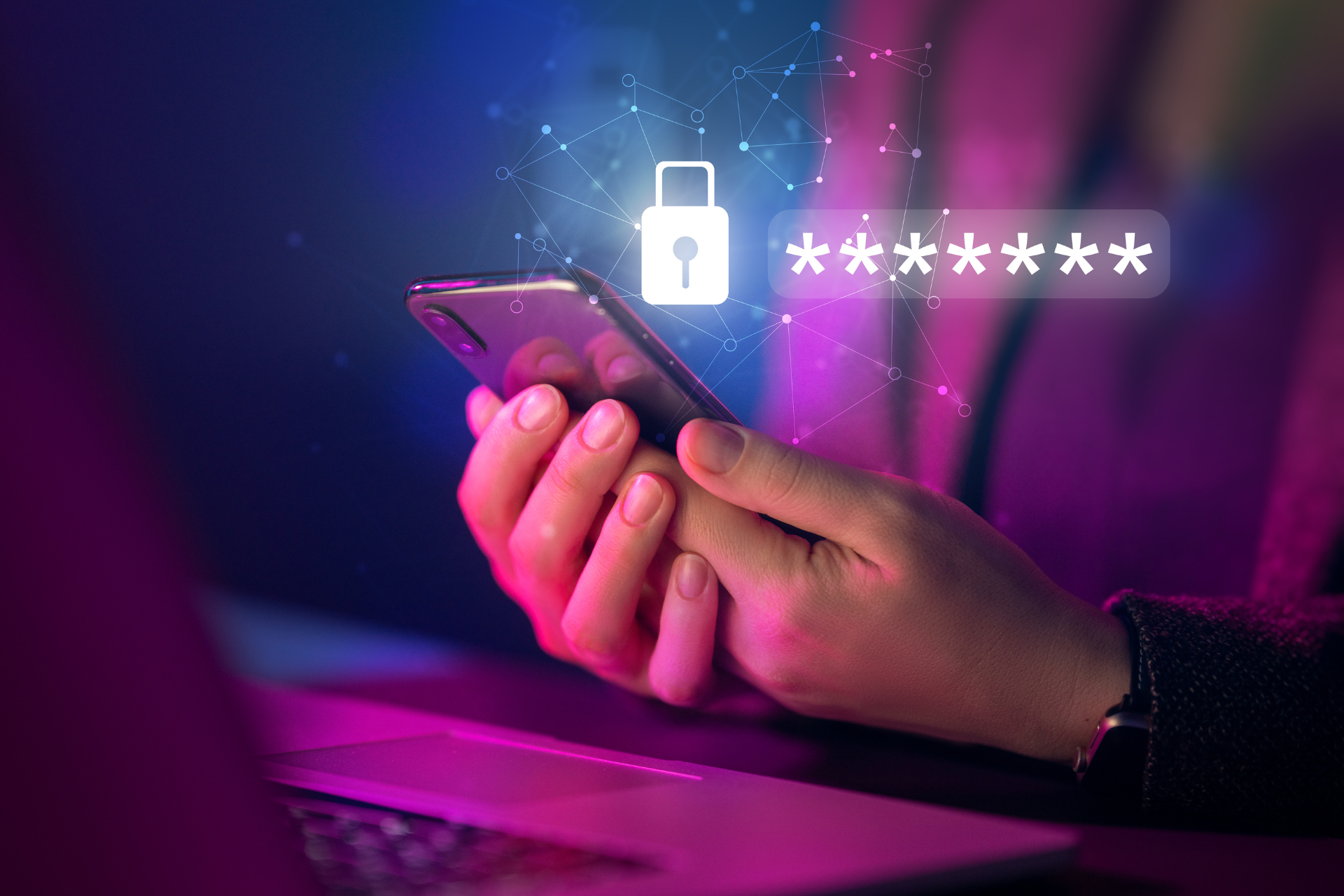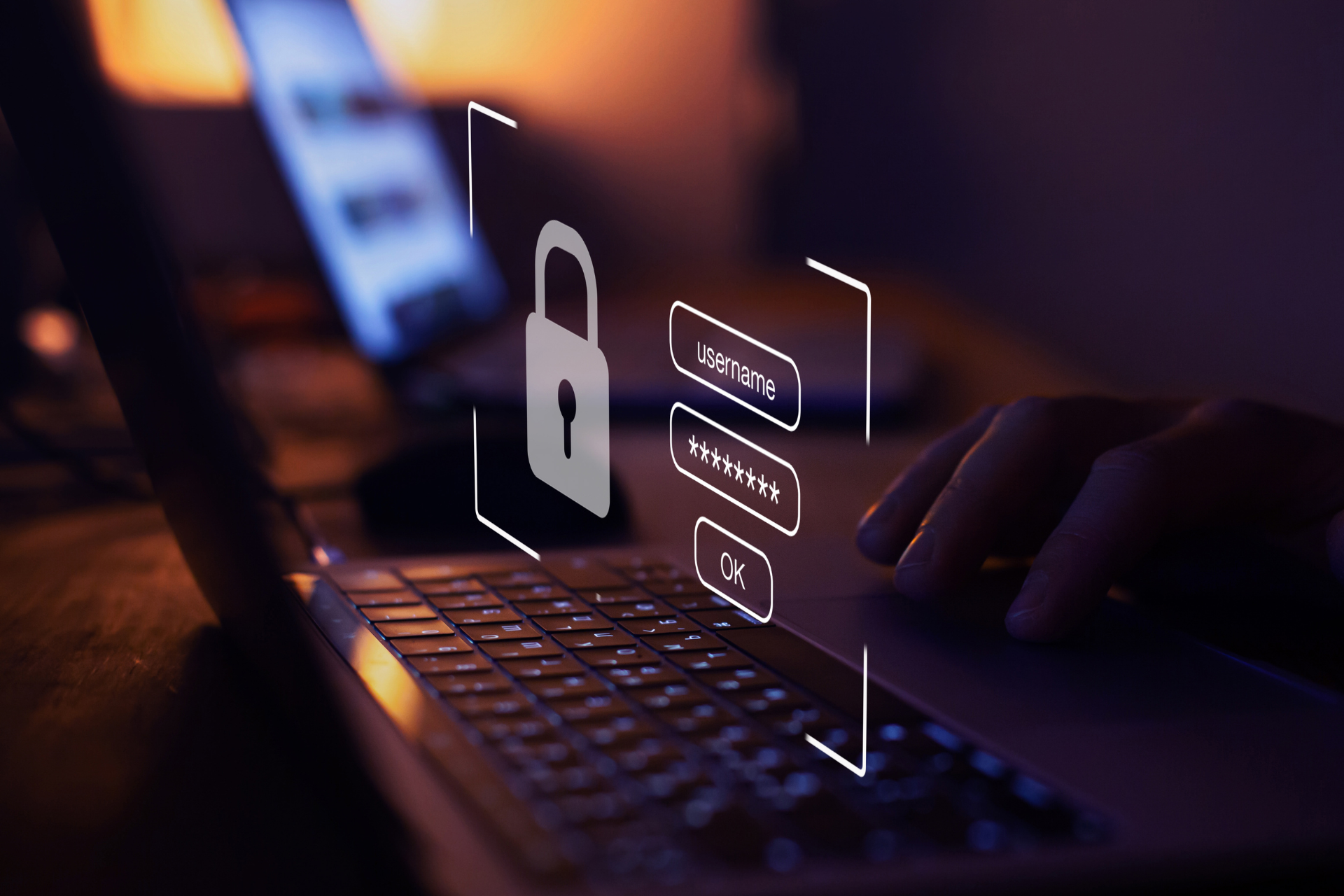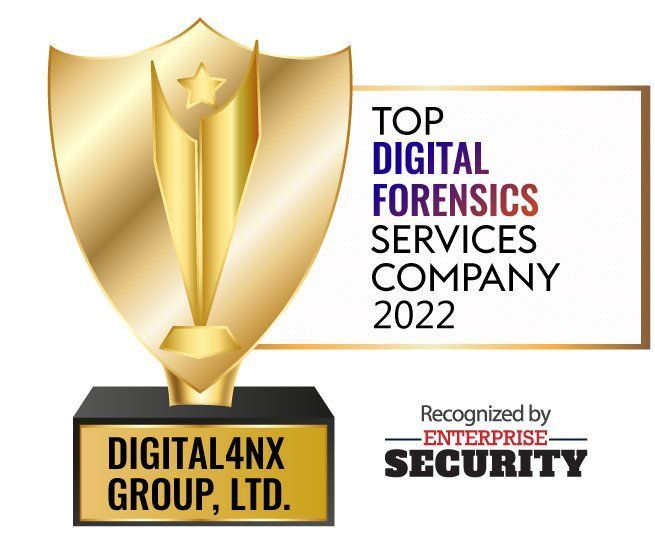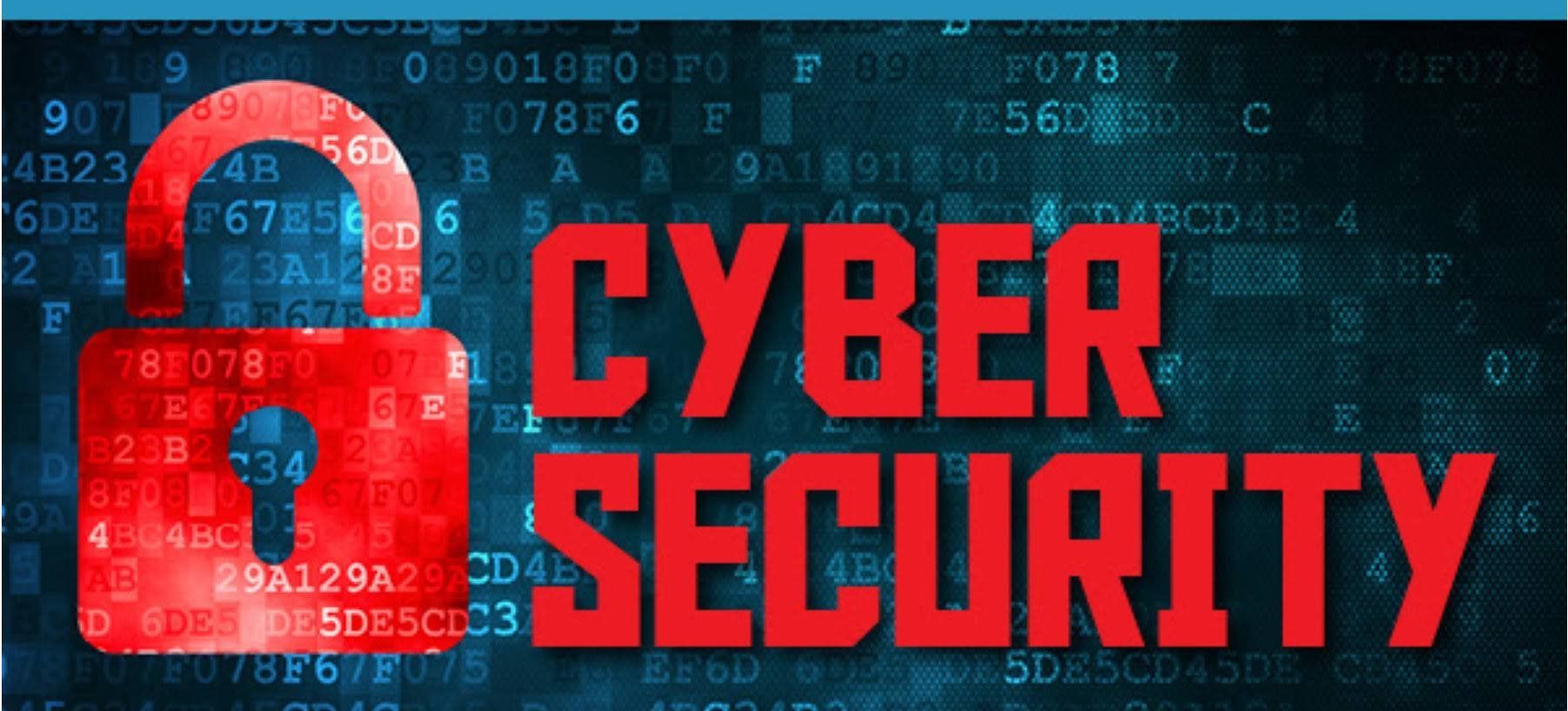When The Hack of a Business Partner is Just as Bad as the Compromise of Your Own Systems.
Digital4nx was recently retained in a post-incident response investigation of a highly targeted spear phishing email attack. Based upon the available evidence and confirming with LifeScienceCo (“LSC”), the attack began on or around January 25, 2022. The victims targeted were between the LSC’s Assistant Controller and the accounting supervisor of their Client.
The attack succeeded in having Client divert an approximate $730,000 payment of legitimate invoices to a fraudulent bank account. The attacker appeared to have used a common BEC – Business Email Compromise techniques possibly executing a carefully planned man-in-the-middle (MITM) attack.
The attackers use of the lookalike domains technique, present a severe threat. Not only to the originally attacked organization but also to the third-parties with whom they communicated using the lookalike domain. Typically, the attack scheme works by sending phishing emails to high profile individuals in the target organization to gain control of the account and carry out extensive reconnaissance to understand the nature of business and the key roles inside the company.
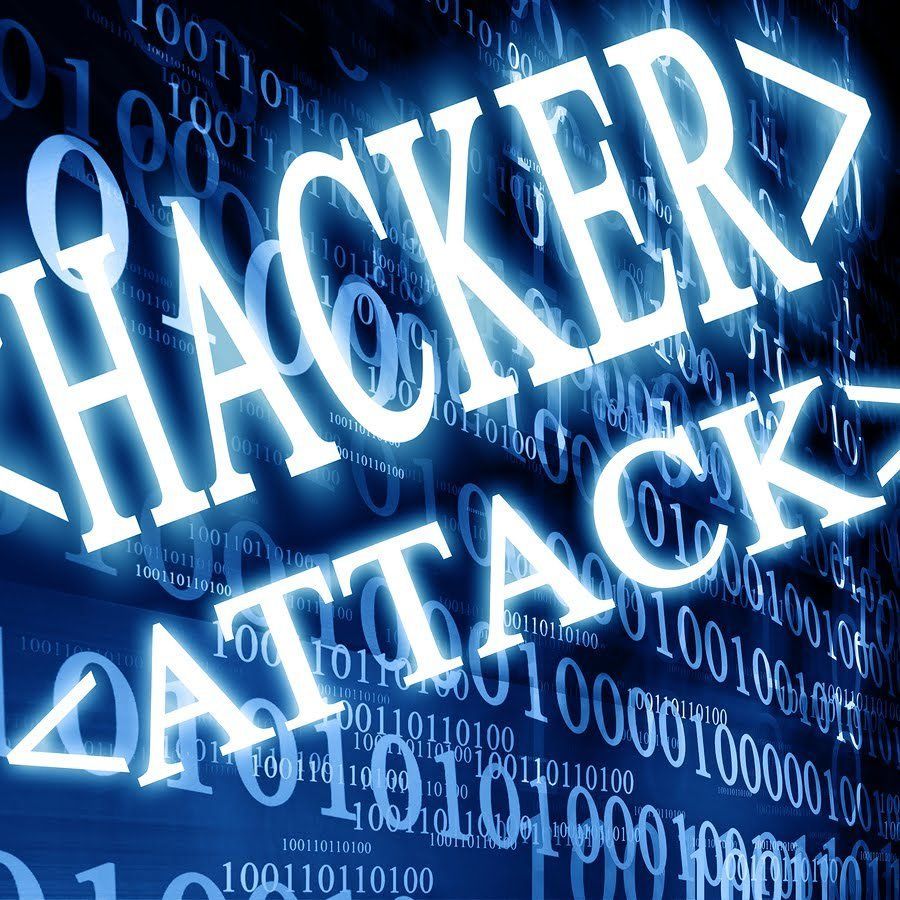
As in this case, the attacker sent one mail each from the spoofed domains to the counterparty, thus inserting itself into the conversation and deceiving the recipient into thinking that the source of the email is legitimate.
The attacker sent one mail each from the spoofed domains to the counterparty, thus inserting itself into the conversation and deceiving the recipient into thinking that the source of the email is legitimate.
In essence, the attacker poked each victim in the chest a little…knowing the attempted scam was being executed.
The emails that we examined point to the fact that the attacker behind the domains were in possession of information regarding possible financial transactions between our Client and Their Client. The examination of our LSC’s servers and involved computer did not reveal any compromises, malware, or intrusions. Additionally, there was nothing to suggest that data was exfiltrated from LSC’s network.
The attack began communicating with their client several days before engaging with LSC, and the fact that LSC did not share any banking information lead us to conclude that it is more likely than not, that LSC’s Client’s network systems were compromised and caused LSC’s Client to wire money to the intruders’ account.
In this case, Not only did LSC incur costs to provide the posture that Digital4nx, conducted an independent investigation and provided an opinion to support LCS in their claims against their Client who not only has still not paid our Client the $700K, but their Client was negligent and out $1.4M.



